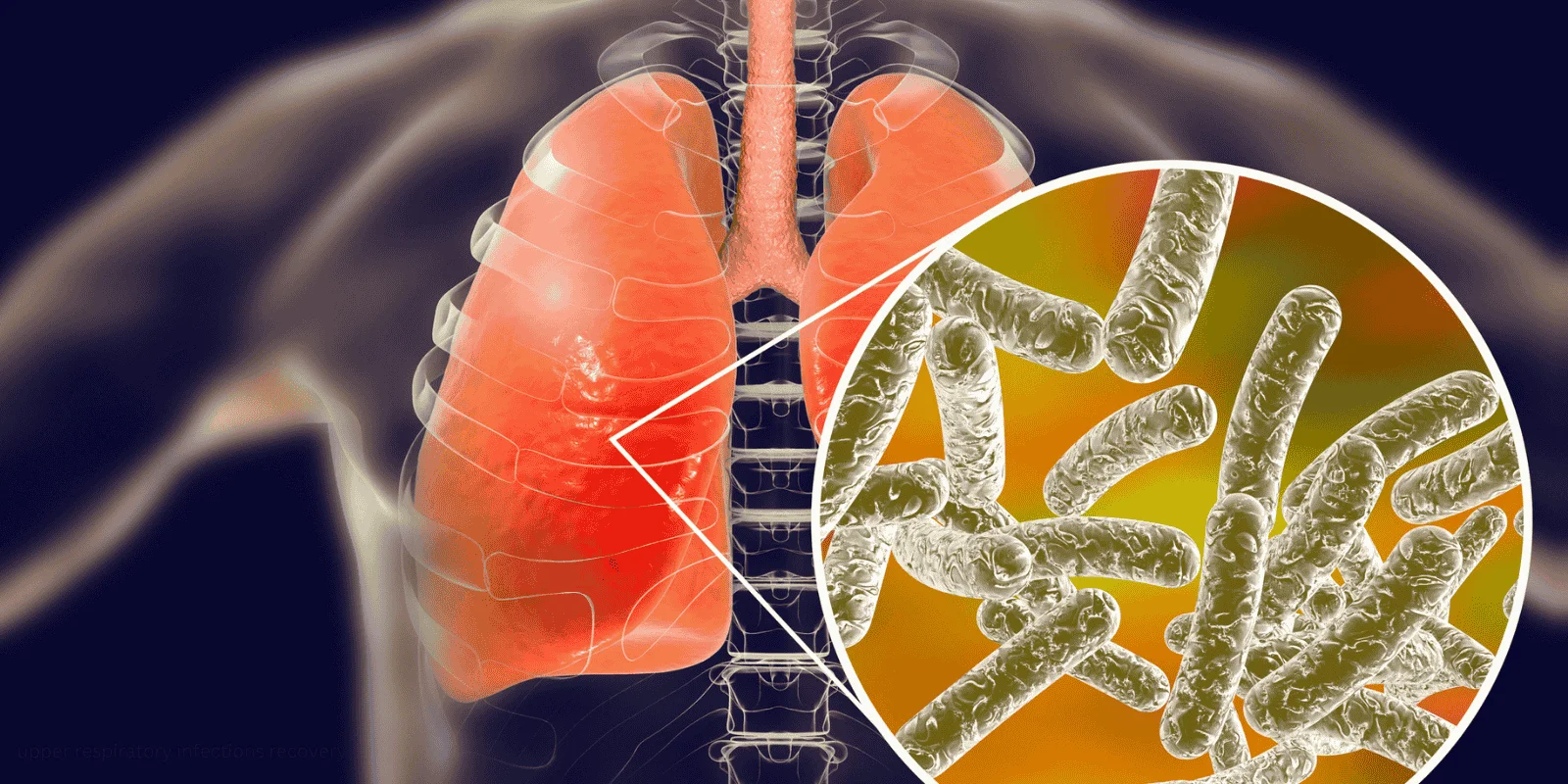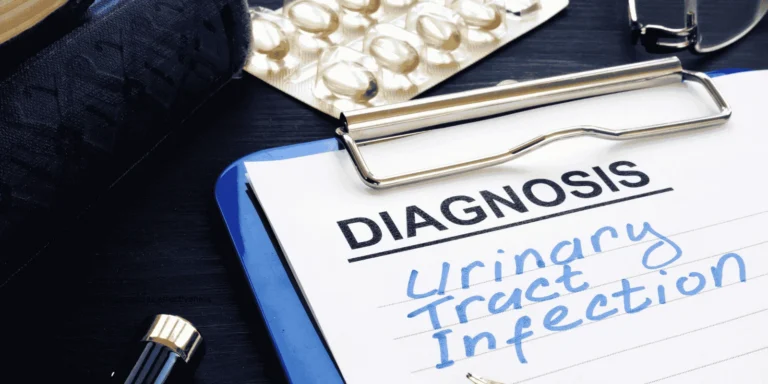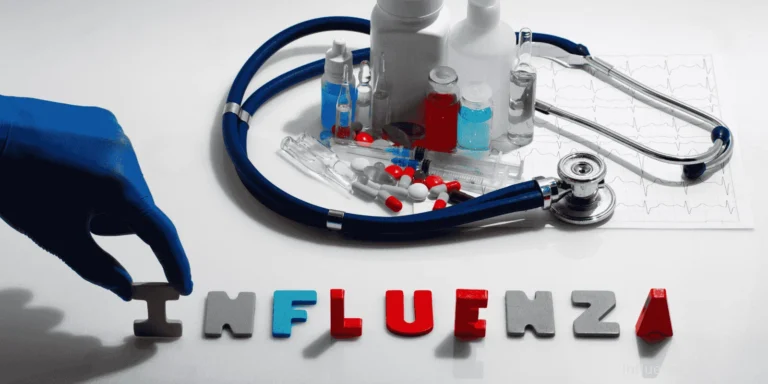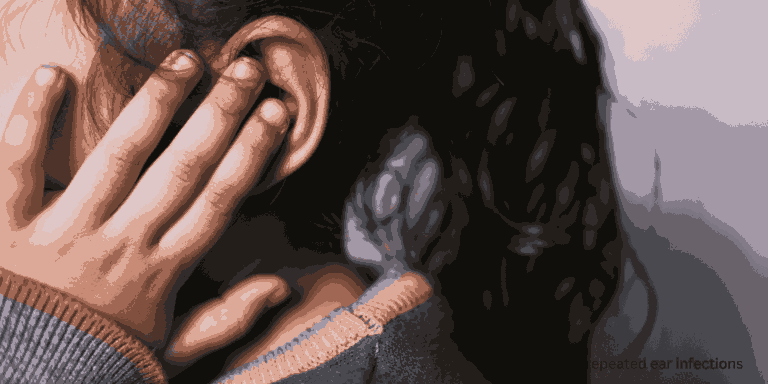“It’s been two weeks and I’m still stuffed up,” my patient complained during our virtual consultation. “Shouldn’t this cold be over by now?”
Upper respiratory infections follow fairly predictable timelines, but many people expect faster recovery than reality provides. Understanding normal duration helps distinguish routine healing from complications requiring treatment.
Typical Timeline for Common Colds
Days 1-3: Initial symptoms develop including scratchy throat, mild congestion, and sneezing. Energy levels remain relatively normal.
Days 4-7: Peak symptom period with maximum congestion, possible low-grade fever, and increased mucus production. This is when people feel worst.
Days 8-14: Gradual improvement begins. Congestion slowly clears, energy returns, but some symptoms persist.
Days 15-21: Most symptoms resolve completely, though occasional cough or mild congestion may linger.
Why Recovery Takes Time
Viral damage to respiratory tract lining needs time to heal. Damaged tissues must regenerate and restore normal function.
Inflammation resolution happens gradually as the immune system winds down its response to infection.
Mucus clearance continues for days after active infection as airways restore normal secretion patterns.
Factors Affecting Duration
Age influences recovery speed. Young, healthy adults typically recover faster than elderly individuals or young children.
Overall health status matters significantly. People with chronic conditions like asthma or diabetes often experience prolonged symptoms.
Smoking dramatically extends recovery time and increases complication risk by impairing natural healing mechanisms.
Stress levels and sleep quality affect immune function and healing speed.
When Duration Becomes Concerning
Symptoms lasting over 3 weeks without improvement may indicate secondary bacterial infection or other complications.
Worsening after initial improvement suggests possible sinus infection or pneumonia development.
High fever (over 101°F) persisting beyond the first week requires medical evaluation.
New symptoms like ear pain, chest pain, or severe headache indicate potential complications.
Different Types, Different Timelines
Rhinovirus infections typically last 7-14 days and represent most common colds.
Influenza causes more severe symptoms but often resolves within 7-10 days, though fatigue may persist longer.
RSV in adults usually mimics cold symptoms but can last 2-3 weeks.
Parainfluenza may cause longer-lasting cough that persists for weeks after other symptoms resolve.
Complications That Extend Illness
Sinusitis develops when nasal congestion blocks sinus drainage, requiring antibiotic treatment and extending recovery.
Bronchitis creates persistent cough lasting weeks beyond typical cold duration.
Ear infections may develop from blocked eustachian tubes, particularly common in children.
Supporting Recovery
Adequate rest allows the immune system to work effectively and speeds healing.
Proper hydration thins secretions and helps maintain normal body functions during illness.
Humidified air soothes irritated airways and promotes drainage.
Gentle exercise as tolerated can help maintain circulation without overexerting the body.
When to Seek Medical Care
Persistent fever beyond one week or recurring fever after improvement.
Difficulty breathing or chest pain that worsens over time.
Severe headache with neck stiffness or vision changes.
Ear pain or discharge indicating secondary infection.
Managing Expectations
Individual variation is normal — some people recover in one week while others need three weeks.
Gradual improvement is more important than specific timeline adherence.
Lingering fatigue for 1-2 weeks after other symptoms resolve is common and expected.
Patience with the healing process prevents unnecessary anxiety and inappropriate antibiotic use.
Most upper respiratory infections resolve completely within 2-3 weeks without complications. Understanding these normal timelines helps distinguish routine recovery from situations requiring medical intervention.













